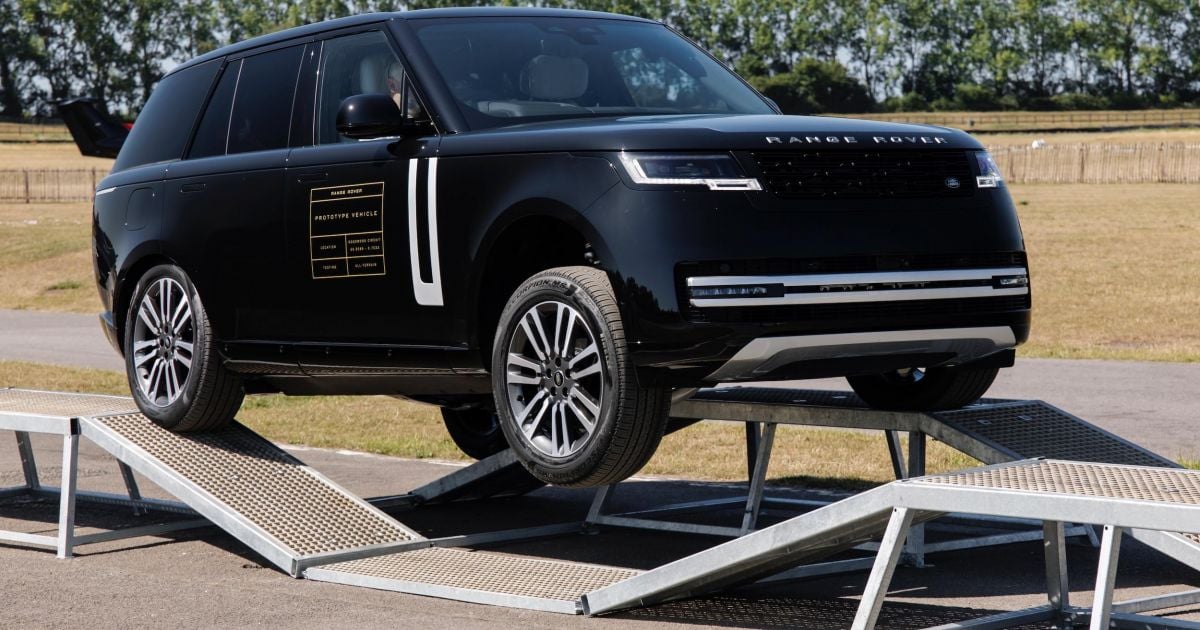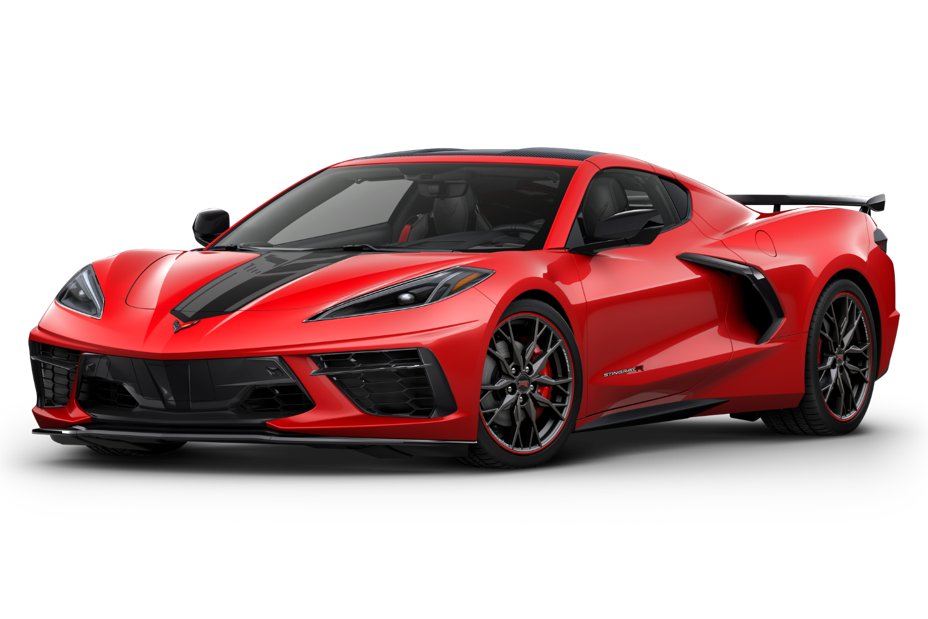Exciting Developments with JLR’s First Electric Range Rover
JLR is making significant strides in the electric vehicle landscape with the introduction of its first electric Range Rover. Despite the lengthy development process, the company’s focus is not just on the time taken but also the underlying philosophy and debate surrounding electrification.
Learning from Past Experiences
Following the lukewarm performance of JLR’s previous electric vehicle, the Jaguar I-Pace, in sales and reliability, the company has resolved to take its time with the release of the Range Rover EV. The focus is now on readiness rather than haste.
Adapting Existing Designs
Instead of starting from scratch, JLR has chosen to modify its current design and platform to accommodate an electric powertrain. This strategy aligns with the company’s internal philosophy: “Don’t change it, just make it better.”
Exploring the New Electric Model
The new electric variant shares the same flexible platform as its petrol, diesel, and hybrid counterparts, and it features a robust 118kWh usable battery. The battery and motors, which were designed and manufactured in-house, power the dual-motor setup that produces 404kW of power and 850Nm of torque.
Maintaining Characteristic Features
Despite the new drivetrain, key features like cabin layout, boot space, and off-road geometry remain unchanged. There’s no front boot, a decision made to avoid adding unnecessary features. The focus is on integrating electric propulsion with the established Range Rover design.
Tuned for Performance and Comfort
The engineering team prioritized performance and ride quality. The Range Rover Electric boasts upgraded suspension components, including dual-valve air springs and revised bushings, specifically designed for an electric setup. This model is also the stiffest Range Rover to date.
Retaining Familiarity
In contrast to many EVs that introduce entirely new driving experiences, Land Rover is betting on familiarity. Terrain modes from combustion models have been retained, and the company has developed its intelligent traction control system (ITM) to manage torque across all four wheels.
Improved Efficiency and Comfort
The model also includes adaptive thermal management with a proprietary heat pump system designed to improve efficiency and comfort. Land Rover claims that compared to its previous electric vehicle, the Jaguar I-Pace, the system can reduce energy consumption by up to 40%.
Verdict
Land Rover’s vertically integrated approach reflects its aim to control the Range Rover Electric experience end to end. It may look familiar, but underneath, this is the most technologically advanced model the company has built. With over 62,000 customers already expressing interest globally, the Range Rover Electric seems to be resonating well with buyers who want electrification without dramatic change.











